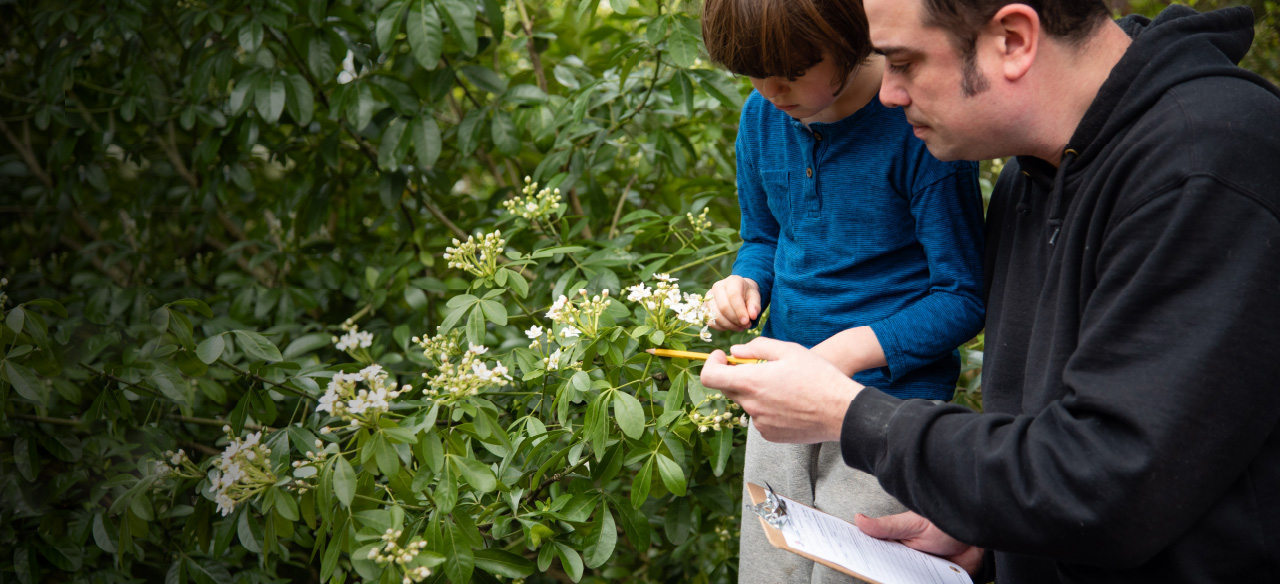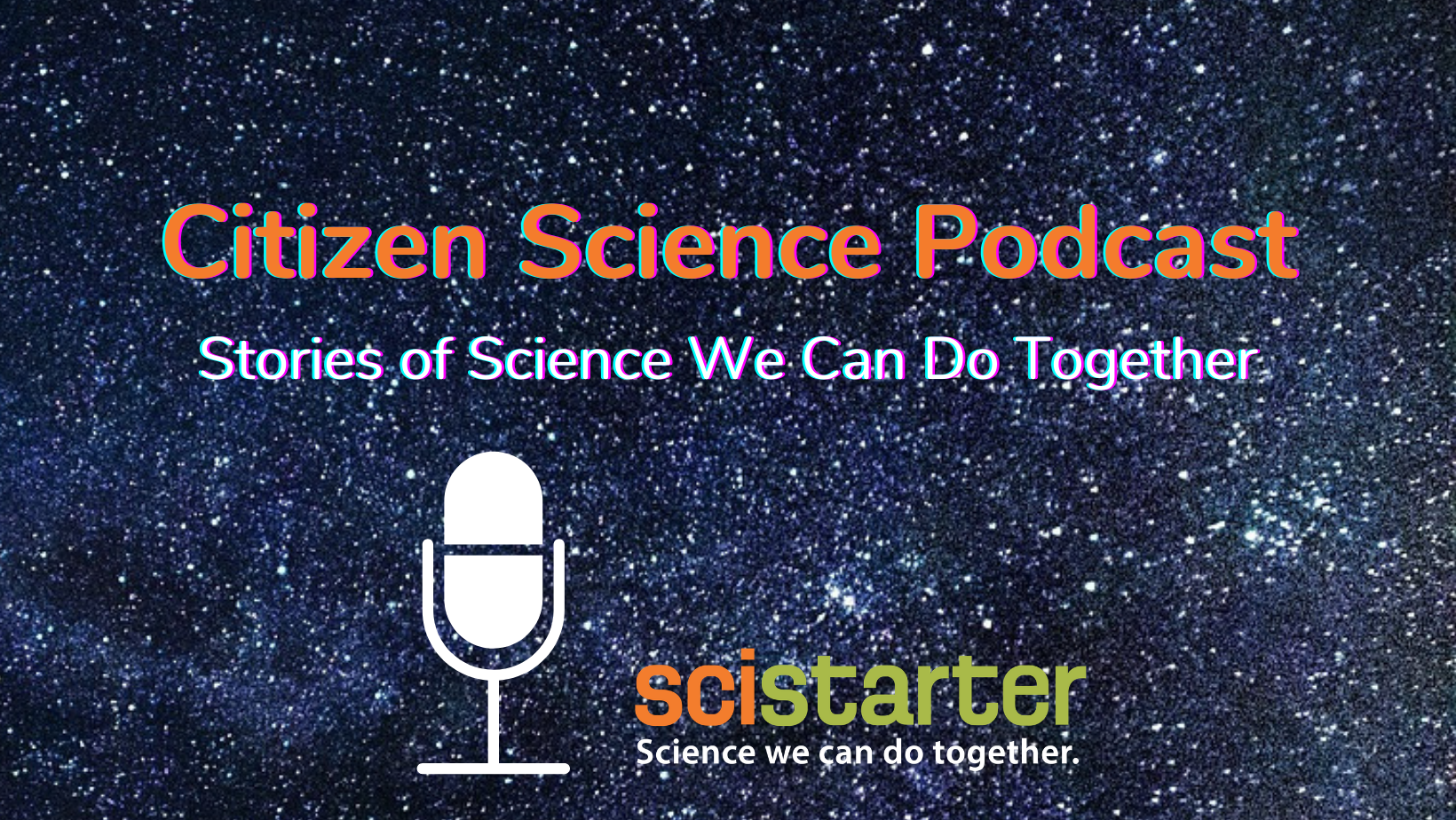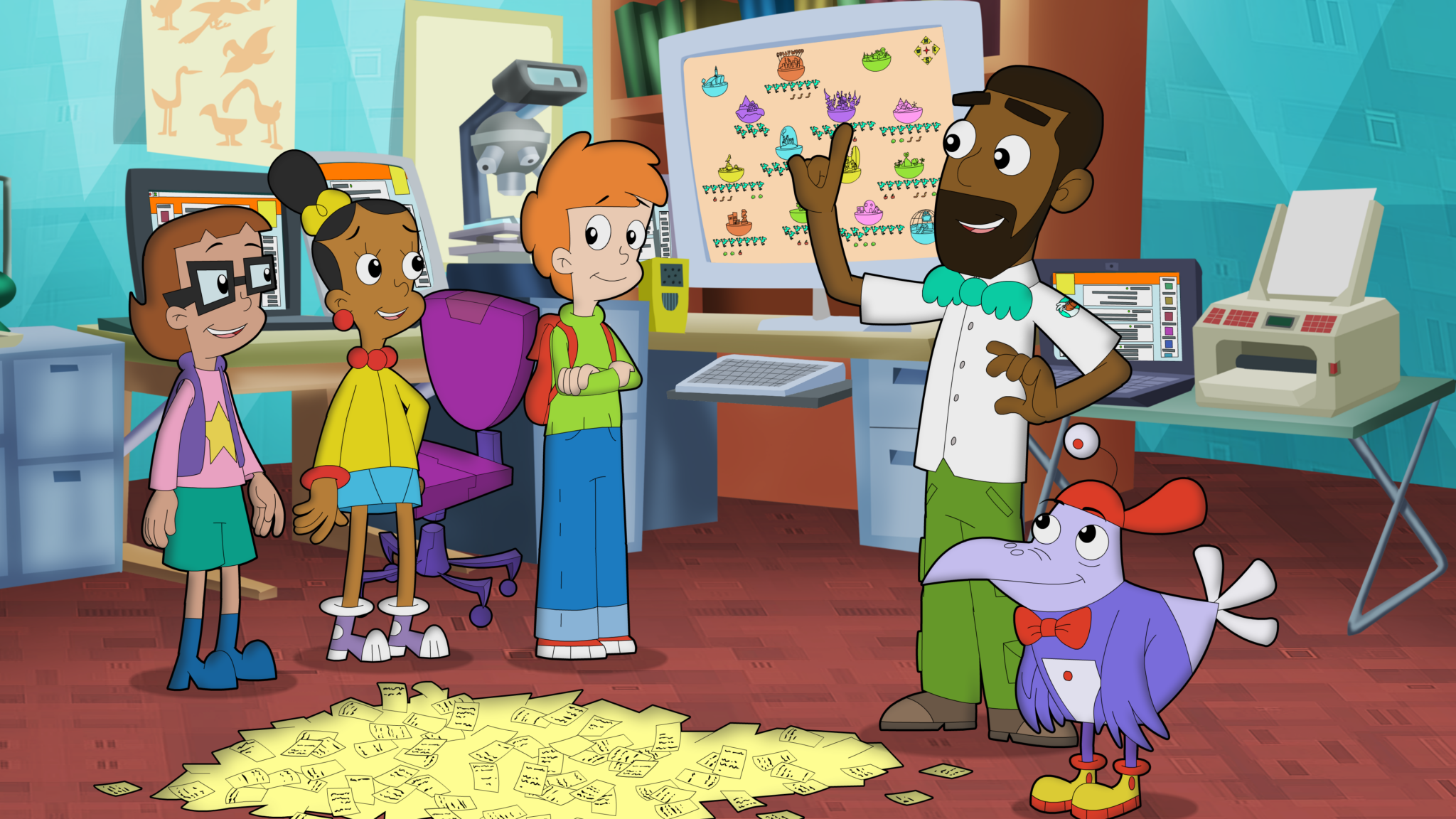Looking for a science project to do with kids? These experiments go beyond the trivial and incorporate real-world scientific research.
SciStarter Blog
Around the world, millions of kids are headed back to school in a totally different way. Classes are online. Teachers talk to students in virtual classrooms. And parents are often left looking for new, hands-on science learning opportunities.
We’ve got your back. Here are eight fun and easy science experiments that you can do at home with kids of all ages. What’s more, each of these science projects ties into real-life research efforts through citizen science, where volunteers help experts collect and analyze data.
RELATED: VIRTUAL DISSECTION: ANIMALEARNING FROM HOME
Make Wild Sourdough
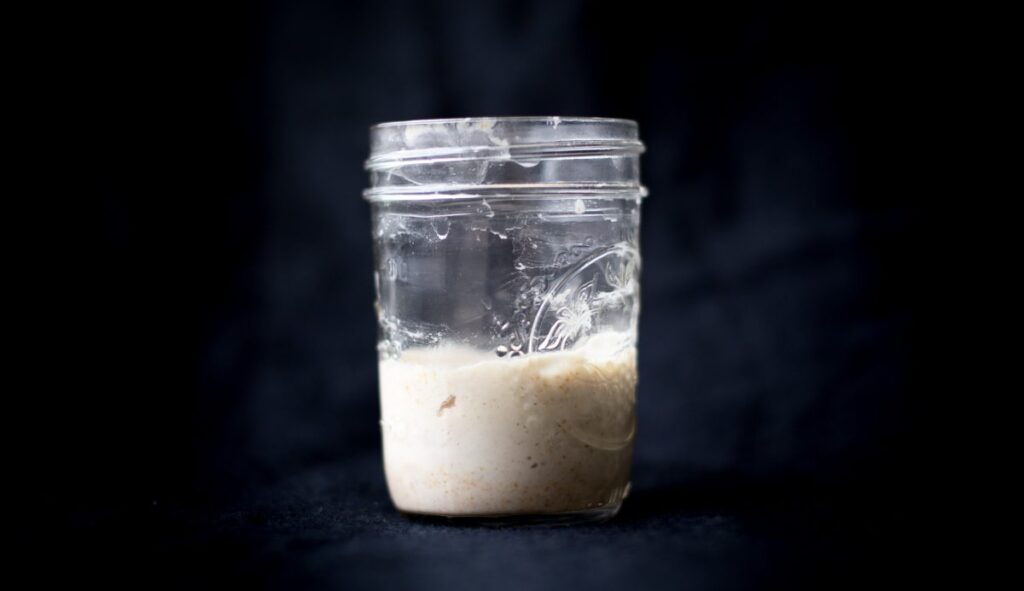
It seems like the whole world is baking homemade sourdough bread right now. Sourdough took on broad appeal when the baker’s yeast disappeared from store shelves. Unlike other baking projects, sourdough doesn’t need store bought yeast. Instead, it’s made with sourdough starter.
RELATED: FREE SCIENCE EDUCATION E-BOOKS
If you have flour, you can easily experiment with making your own sourdough starter. Wild sourdough starters tap into the abundant yeast in our homes and puts them to work making delicious bread. When it comes to science experiments you can do at home, few could be more delicious and rewarding than this one. You’ll also be helping scientists out along the way.
RELATED: BACK TO SCHOOL WITH CITIZEN SCIENCE
The Wild Sourdough Project is a global science experiment that hopes to discover how sourdough starter communities form over time. The team behind the effort is hoping to unravel how factors like geography and different kinds of flour affect the yeast communities. Best of all, the effort has a step-by-step guide that lets you learn how to make your own sourdough starter.
Take Part: Make Your Own Sourdough for Science
Create a Cloud in a Jar

Clouds are an important and often overlooked driver of Earth’s temperature. They trap sunlight in, but they also reflect it back into space. That role has climate scientists rushing to study our planet’s clouds, and how they’re changing. NASA’s GLOBE Observer: Clouds project taps citizen scientists to provide pictures of the sky, plus observations of cloud cover, type, sky conditions and visibility. That data helps info real science research and verify what satellites are seeing from space.
You can get involved with your kids and enrich the experience by adding lessons about clouds. For example, NASA has added a number of fun and easy ways to learn about climate science and clouds, including science experiments. One of the best related projects is to make a cloud in a jar. This simple science experiment is a powerful way to demonstrate how clouds work. You only need water, ice, a jar, and a few minutes of time.
Take Part: Join NASA’s Globe Observer Clouds
Measure Rain and Snow with CoCoRaHS
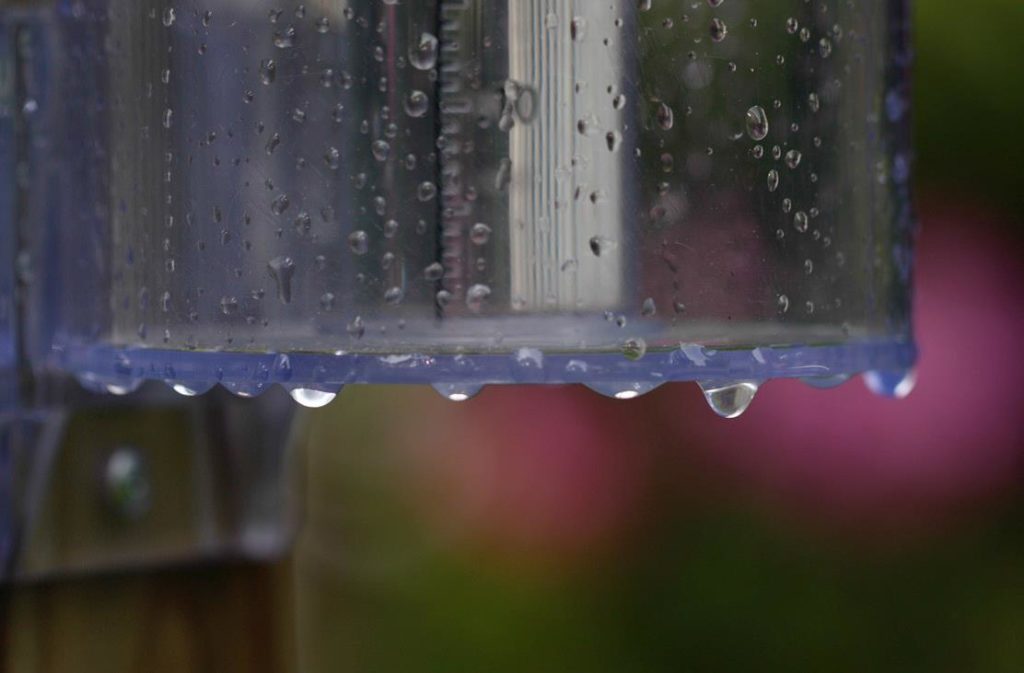
Fall is approaching fast, which means many of us will soon be at home watching rain and snow out the window. Instead of succumbing to the gloom, why not make that weather into a fun science experiment for your kids?
The CoCoRaHS weather monitoring program, or Community Collaborative Rain, Hail, and Snow Network, is a network of volunteers who measure and report on precipitation. CoCoRaHS emphasizes training and education, and they even have an interactive website rich in educational resources and even National Weather Service lesson plans you can use at home.
RELATED: Getting Creative with Remote Science Learning
As a volunteer, you’ll use the same low-cost weather gauges that meteorologists and cities use. Then, when it rains, snows or hails, you’ll submit your precipitation data to the website where you can compare it to others in real-time. That information also helps out the National Weather Service, as well as researchers, farmers, emergency managers — and curious people everywhere.
Take Part: Join the CoCoRaHS Weather Monitoring Network
Plant a Pollinator Garden
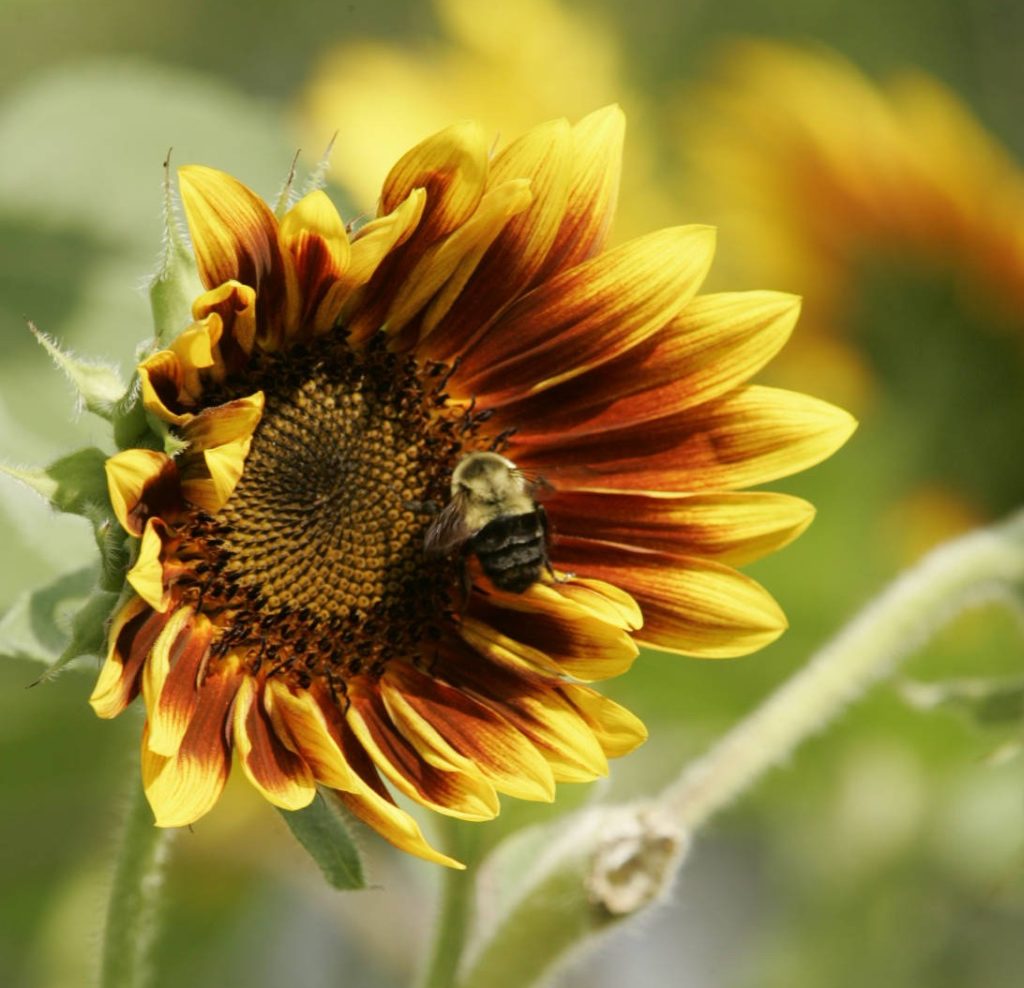
Pollinators play a vital role in Earth’s ecosystems, and yet they’re threatened by pesticides, disease, habitat loss and even climate change. That has many people searching for ways to help save bees and other pollinators.
There are many options to chip in, but one of the most impactful things you and your kids can do at home is plant a pollinator garden.
Not only will this serve to help struggling pollinators, it can also serve as a long-term science laboratory at home. SciStarter, the citizen-science group behind this blog post, has compiled an entire group of at-home science projects that can be done from your pollinator garden. You can watch moths, butterflies, bees, hummingbirds and more, then help scientists track their migration across the country.
Take Part: Plant a Pollinator Garden
Build a Bee Condo
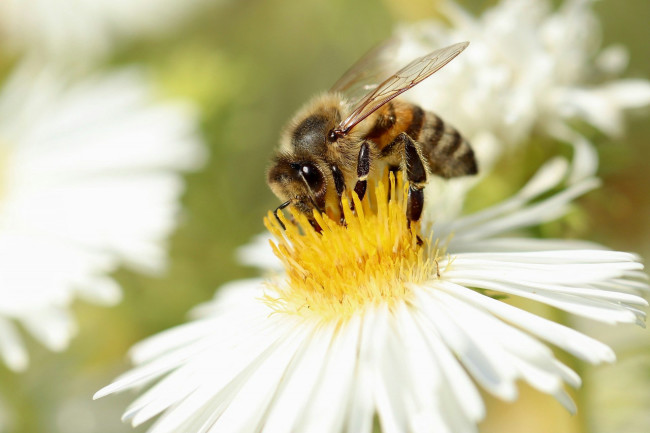
If you already have a bumper garden at home, or it’s getting too cold to think about planting just yet, you can still stay indoors and help pollinators. The group behind National Pollinator Week has put together instructions for how you can build a home for native bees, called a bee condo. Unlike domesticated honey bees that live in apiaries, most native, wild bees you find in your backyard actually burrow their homes into the soil or a tree.
By building a bee condo, you can encourage bees to live nearby and also get a fun, DIY science experiment to do at home. Once it’s up, you can watch what kinds of critters take up residence there and report back on the results for science.
Scan the Night Sky
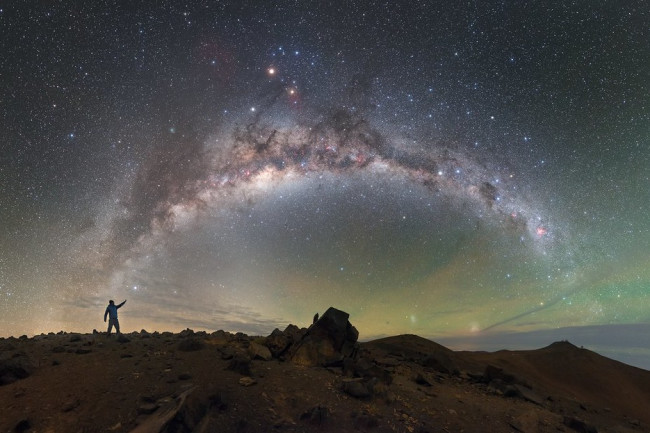
Around the world, light pollution from buildings and street lamps is blocking our view of the night sky. Most people who live in cities have never seen a truly dark sky, or the Milky Way. That’s not just bad for humans, it’s also bad for the plants, animals and insects who are disrupted by light pollution.
If you have a budding astronomy-lover in the house, you can participate in a science project called Globe at Night that aims to create a world-wide measure of light pollution in our night sky.
For this science experiment, you can start making observations using only a smartphone. You’ll mark the sky’s darkness by how many stars you can see. And you can get a sky quality meter through the project to help record even better data.
Take Part: Measure Light Pollution in Your Community
Measure Water Quality
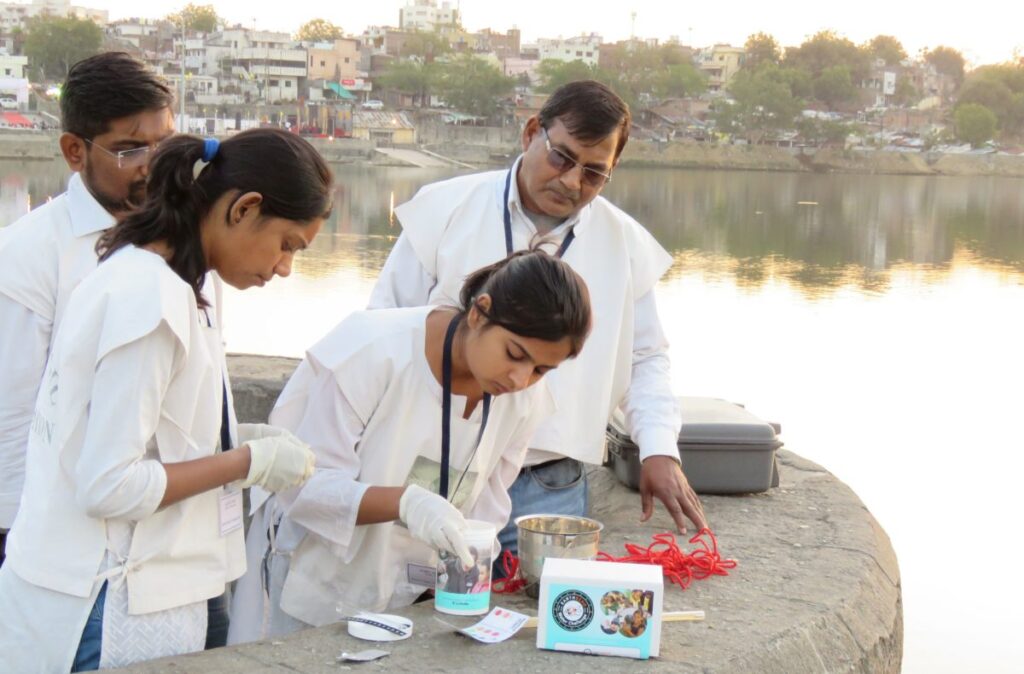
More than 1.5 million volunteers from across the planet are already taking part in a science experiment to track — and protect — Earth’s waterways. The citizen science effort is called the EarthEcho Water Challenge, and it has users buy a water test kit for about $25, then start collecting basic water data.
Volunteers record things like water clarity, temperature, pH and dissolved oxygen. That data gets plugged into a large database, where it’s used for real science research and to help protect waterways.
Take Part: Join the Earth Echo Water Challenge
Study the Vitamin C in Your Juice

Back in the golden age of sailing, sailors worried that they’d get scurvy. A lack of vitamin C during long voyages can cause a host of health problems. Scurvy leaves you weak, causes skin problems and gum disease, and makes it harder to heal. Scurvy can even kill you. This isn’t just an old-timey concern, either. Future space explorers will have to worry about vitamin C as they head off to explore the solar system. And that’s the angle utilized by a fun citizen science project called Space Scurvy.
The project asks students to use household items to test the vitamin C content of juices from their schools and homes. The necessary tools for this science experiment should be easy to come by, and the site has fun and simple directions for you to follow.
Take Part: Measure Vitamin C for the Space Scurvy Project
Note: Some of these projects are SciStarter Affiliates. You can use your SciStarter account email to join and earn credit for your participation in your SciStarter dashboard.
Citizen Science Lessons During the Pandemic
About the Author
Eric Betz is a science and tech writer for Discover Magazine, Astronomy Magazine, and others. He is a lover of #darkskies and pale blue dots.

